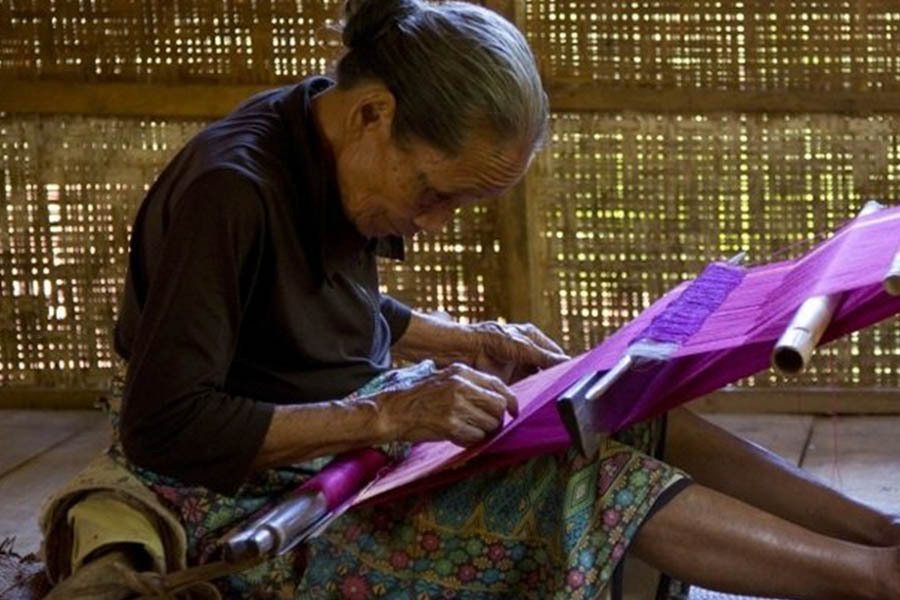The tale of hands that weave magic!
The Indian handloom weaving industry dates as far back as 5000 years ago, even before the world knew words like ‘thread’, ‘yarn’ and ‘texture’. The Vedas even mention fabric made from gold threads. This was the vasthra that the gods are supposed to have worn.
We are fortunate that the ancient weaving tradition has continued until today across all regions in the country, resulting in Fabrics with distinct patterns and styles. Although the textile industry has given room for power looms, a chunk of the weaving is still done on handlooms. Estimates say the handloom sector employs about 7 million people and it makes up for one-tenth of the total fabric production in India.
What it takes to make a saree
Weaving the saree is quite a strenuous process because the Six-yard beauty requires weaving different designs, textures, and fabrics. It involves the tricky processes of producing the warp and weft, interlocking the body and the border, and joining the border and the pallu. Besides, the saree comes with unique and intricate patterns that cannot be replicated in the power loom. So, there is a lot of work that goes behind producing the beautiful work of art.
In fact, some handloom varieties require the effort of at least six workers for a single saree: from start to finish, including starching, spooling, weaving, ironing and tying up the loose ends. And weaving one such saree can take anywhere between three days and three months depending on the intricacy of the pattern.
Complex task
It is not just saree weaving that is strenuous. Weavers involved in weaving other products such as shawls, carpets and sweaters too work really hard to get the output that consumers cherish.
There is a lot more to handloom weaving than what meets the eye. It necessitates manual handling of yarns and fabric that puts a lot of pressure on the shoulder, back and arm. The process also involves manually sorting raw materials, carding and spinning with a cord machine, and dyeing the fibres with acids. Then there are other actions like clipping threads, embossing and carving art designs, mending, edge bending, dyeing and washing before the fabric is sent out into the market to the seller.
Obviously, there is a lot of dedication and relentless commitment behind the scenes, but the effort of the weaver often goes unnoticed or under-appreciated.
Sometimes, weavers work in challenging conditions with rooms that are badly lit, on machines that are not always ergonomically designed, because not everyone can afford newer and better looms. Continued stress on the weavers’ muscles and nerves sometimes result in a condition called MSD (musculoskeletal disorder), if the weaver does not get enough rest and sufficient nutrition. The weavers also have to live with exposure to continuous noise and chemical pollution.
Need for support
Due to these challenges, many in the younger generation of the weaving families are opting out of the profession. But the existing workers are getting older and may not be able to take the strain anymore. Therefore, the beloved handloom industry is in dire need of patronage and support.
Weavers must be provided financial incentives to buy better looms and spare parts increased access and connect to the market, sufficient market knowledge, skill up-gradation, and training. Consumers too must encourage and honor the unsung weaver by wearing handlooms with pride. The entire community needs to rally behind the hardworking weaver so that he or she is motivated to sustain the tradition for generations to come.
For More: Latest designer sarees

